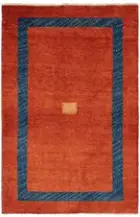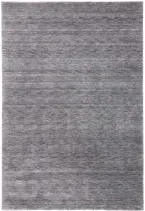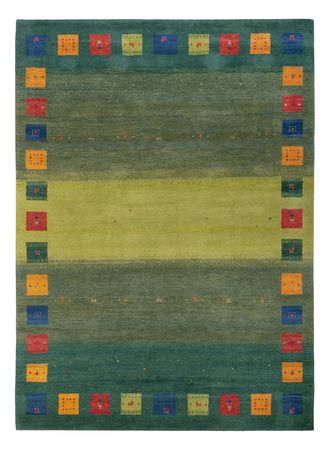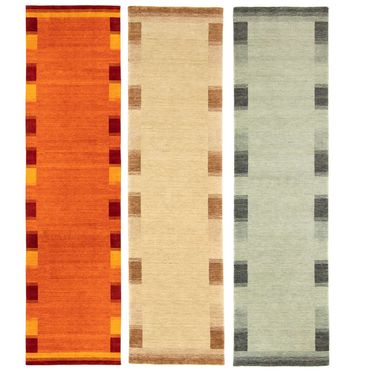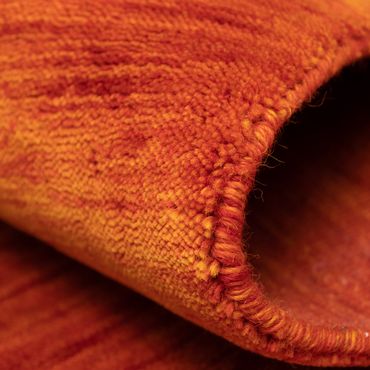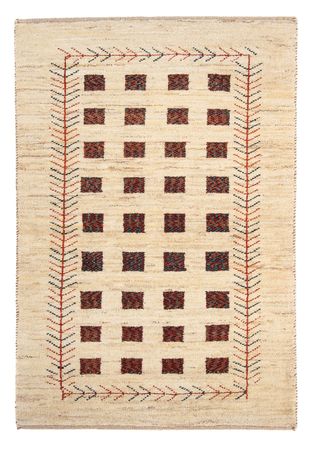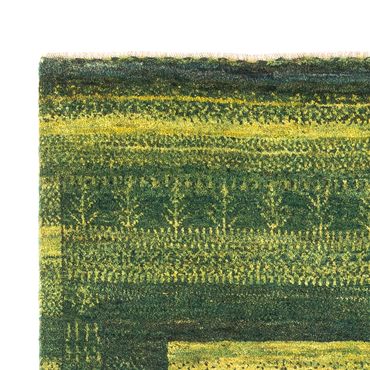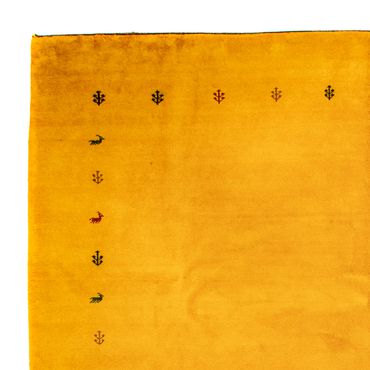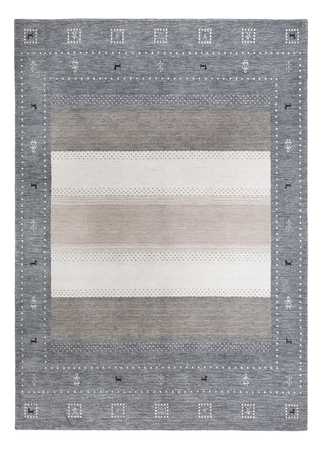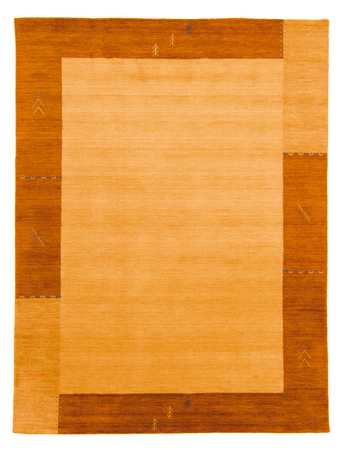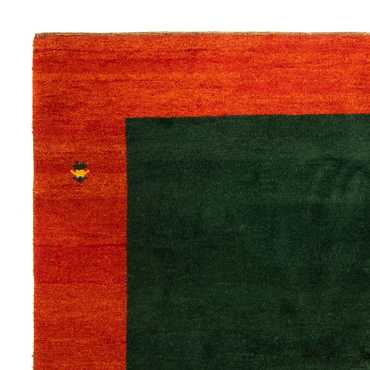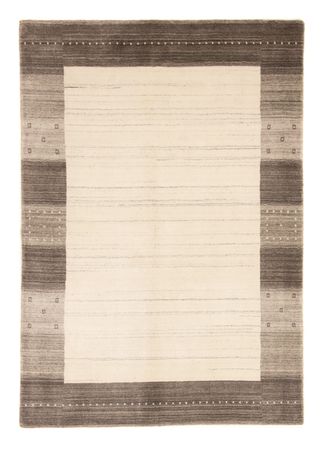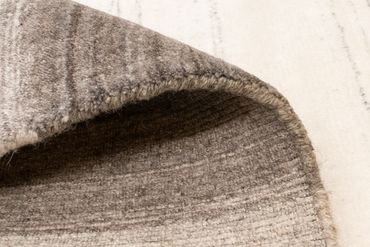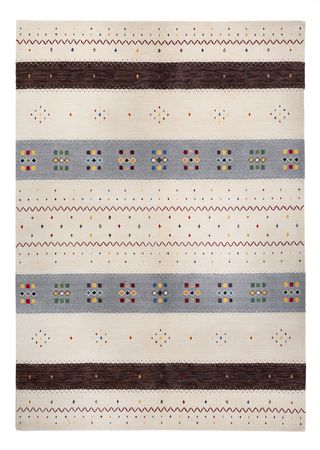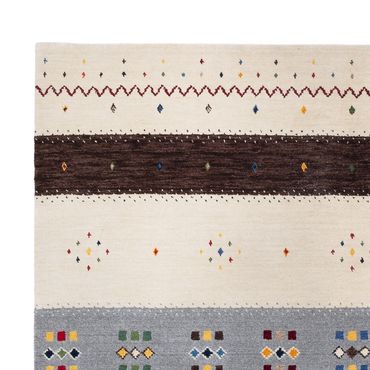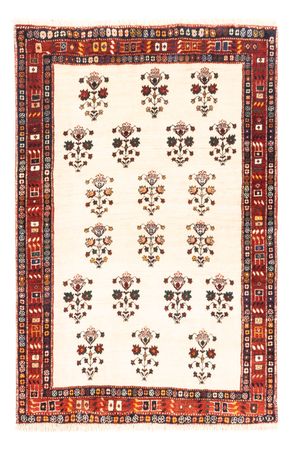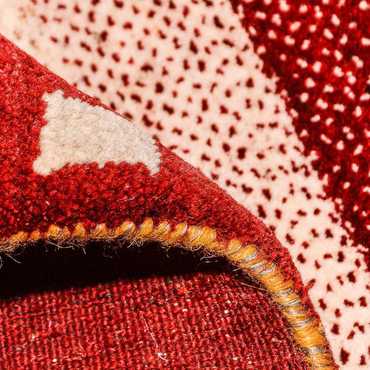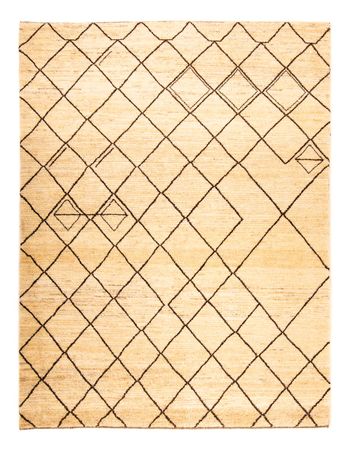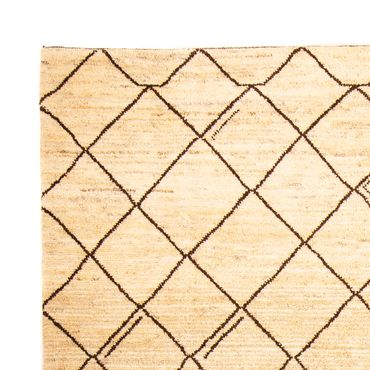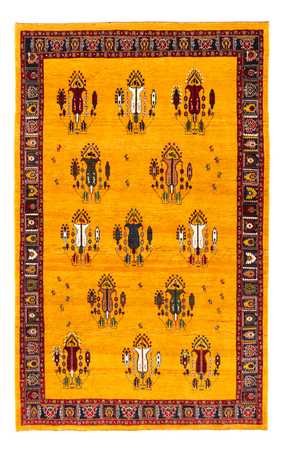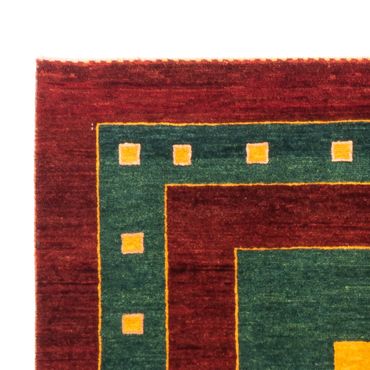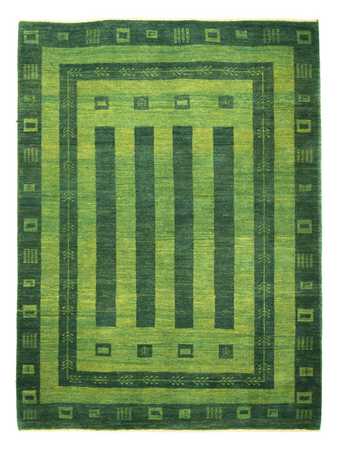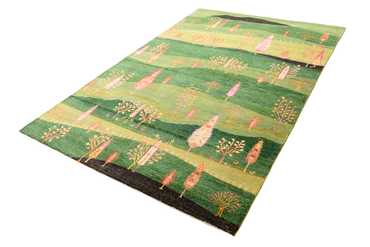- Gabbeh Rug - Loribaft Indus -
240 x 1701,806 US$
- Gabbeh Rug - Indus - Luxo - runnerfrom 246 US$
- Gabbeh Rug - Indus - Luxo - runnerfrom 246 US$
- Gabbeh Rug - Indus - Luxo - runnerfrom 246 US$
![Silver]()
![Beige]()
![Rust]()
-
- Gabbeh Rug - Indus - Luxo - runnerfrom 246 US$
- Gabbeh Rug - Indus - Luxo - runnerfrom 246 US$
- Gabbeh Rug - Indus - Luxo - runnerfrom 246 US$
![Rust]()
![Beige]()
![Silver]()
-
- Gabbeh Rug - Loribaft Softy -
240 x 170288 US$671 US$
-
- Gabbeh Rug - Perser -
135 x 84530 US$
-
- Gabbeh Rug - Indus -
388 x 2991,580 US$3,557 US$
-
- Gabbeh Rug - Loribaft Perser - Royal -
154 x 1031,737 US$3,265 US$
-
- Gabbeh Rug - Indus - Tella - rectanglefrom 103 US$
199 US$ - Gabbeh Rug - Indus - Tella - rectanglefrom 103 US$
201 US$ - Gabbeh Rug - Indus - Tella - rectanglefrom 103 US$
195 US$
![Grey]()
![Gold]()
![Rust]()
-
- Gabbeh Rug - Indus square -
250 x 2471,238 US$
-
- Vintage Rug -
200 x 140701 US$
-
- Gabbeh Rug - Perser -
180 x 1221,284 US$2,356 US$
-
- Gabbeh Rug - Perser -
147 x 102883 US$
-
- Gabbeh Rug - Loribaft Perser -
193 x 1511,186 US$
-
- Gabbeh Rug - Indus - Flowy - runnerfrom 255 US$
478 US$ - Gabbeh Rug - Indus - Flowy - runnerfrom 255 US$
488 US$ - Gabbeh Rug - Indus - Flowy - runnerfrom 255 US$
465 US$ - Gabbeh Rug - Indus - Flowy - runnerfrom 255 US$
496 US$
![Green]()
![White]()
![Blue]()
![Red]()
-
- Gabbeh Rug - Perser -
205 x 1431,703 US$
-
- Gabbeh Rug - Perser -
230 x 1502,003 US$
-
- Gabbeh Rug - Perser -
156 x 106966 US$
-
- Gabbeh Rug - Loribaft Perser -
126 x 841,166 US$
-
- Gabbeh Rug - Perser -
233 x 1781,755 US$
-
- Gabbeh Rug - Perser -
160 x 87817 US$
-
- Gabbeh Rug - Loribaft Indus -
247 x 1723,092 US$5,779 US$
-
- Gabbeh Rug - Softy -
183 x 121143 US$329 US$
-
Gabbeh Rugs – modern, timeless, pure
Our contemporary world sometimes lacks many things; the original and simple beauty of a Gabbeh rug, for example. Hand-knotted for the first time centuries ago by the nomads of southern Iran, it radiates unobtrusive, subtle elegance and authentic naturalness, and reaches out to smooth and cool interiors, leading back to the origins of our most essential needs.
These characteristics make it the ideal rug for our new, minimalist living environments, giving them the missing and much-needed grip and down-to-earthiness that gives a home its first cozy atmosphere.
Everyone's favorite
What makes these rugs so popular is their unique combination of thick, woolly pile and coarse, durable weave. The Gabbeh is honest, warm, and protective in nature. It comes from a long-forgotten environment where a rug was more than just a fancy floor covering.
Made to withstand the elements and to give life in tents an unwavering sense of comfort, it conveys honest strength, grace, and dignity to this day.
Incidentally, the term “Gabbeh” means “natural” and “raw” when translated from Persian.
Nomadic production
For its production, the nomads have always used the wool of their native sheep, bred especially for this purpose. The result is a robust and soft rug that combines durability and density. The hand-knotted or hand-woven Gabbeh is characterized by the use of the “Senneh knot” (Persian knot, or asymmetrical knot).
Cultivated in the province of Fars and widely used in Persian rug art, the Senneh knot is preferred because it can be knotted more finely and with more detail, giving the rugs artistic sophistication in their details despite their simple design.
The Kashkuli Gabbeh should also be mentioned in this context. Kashkuli refers to a subgroup of the Ghashgai nomads, who, compared to other tribes, are known for their even finer and more densely woven rugs with a richer color palette.
The spectrum of knot density across Gabbehs generally ranges from 60,000 to 250,000 knots per square meter.
“Genuine” minimalism
The Gabbeh is known for its reduced, often minimalist designs. It uses large areas of color or very simple geometric patterns. In deliberate contrast to many other Persian rugs, which are complex and detailed, it is designed with restraint.
Occasionally, stripes or simple animal and plant motifs can be found, which are often stylized and simplified, successfully underlining the strong focus on rustic aesthetics. Through this artistic abstraction and symbolism, the weavers communicate the deepest impressions of nomadic life.
Color? Of course.
Red, blue, yellow, green, orange, and, of course, every shade of brown are the colors most often found in these vibrant depictions of their environment. Nomadic rugs are traditionally dyed using pure, natural products such as plants and minerals, which gives the rugs their vibrant depth.
The different tones, and the variations and irregularities in the colors and patterns, bear witness to their uniqueness. Each rug is one of a kind. No wonder that a Gabbeh, with its clean lines, versatile color spectrum and earthy virtues, feels at home in both modern and traditional living spaces.
In interiors – nostalgic & new
Since the 1980s, interest in the Gabbeh has been steadily increasing, culminating in a boom in the 90s that caused demand to increase exponentially. With ever more futuristic designs in architecture and furniture, designers are shaping our aesthetic sensibilities towards “less is more” and “form follows function”, also in the face of technical gadgets such as smartphones and the like.
What our digitalized perception is obviously missing, however, is the connection to nature. A Gabbeh passes this bridge with flying colors; and it maintains it. It closes the circle between landscape and culture at every moment and thus distinguishes itself as a profound link between new-fangled styles and codes of traditional interior design.
Modern minimalism:
Despite their traditional roots, our Morgenland Gabbeh rugs go perfectly with minimalist styles. Their simple, reduced patterns and the often monochrome, colorful, or subtly patterned surfaces with their geometric accents have an uncluttered effect on rooms. They bring warmth and texture to an otherwise sober environment.
Rustic-rural style:
The hand-knotted Gabbeh is an excellent match for rustic or rural interiors, as its handmade appearance, higher knot density and the exclusive use of soft and warm wool harmonize perfectly with the cozy atmosphere of these styles. A rug in earthy tones complements wooden furniture and natural textures, giving rustic-rural interior styles a warm, harmonious atmosphere.
Scandinavian style:
Scandinavians appreciate simple, functional designs that nevertheless radiate friendliness and a sense of well-being. The right color palette is crucial here. Subtle models in soft colors give bright, neutral rooms a cozy ambiance.
Rugs with character – big, bigger, Gabbeh
Our rugs are ideal for living rooms, dining rooms, and bedrooms, or as runners in the hallway. At Morgenland, you will find your Gabbeh in a number of designs and sizes; from delicate specimens to spacious variants in the 13 x 9 format, which can make any bedroom cozier. Our collection is not limited to standard shapes either. We have rectangular, square, and oval patterns.
Furthermore, you will find a considerable selection of Gabbeh runners in lengths of over four meters. Since every single rug, regardless of size and shape, is handmade, you will also find “unique dimensions” that fit perfectly into any room and satisfy even the most individual tastes.
More from “Us”
The special thickness of the pile, which is made of pure new wool, makes our rugs particularly soft, cozy, and durable to the touch.
There are different names for this kind of rug: For example, finer knotting is called “Loribaft” (also: Loribaff). Variants from India are also common. These reproduce the classic motifs very skillfully, but can also have more modern patterns and brighter colors.
A Gabbeh is available from Morgenland in Persian and Indian versions (countries of origin), as parts of the production have increasingly been relocated to India. We have them in 3 categories...
Gabbeh rug – Persian: This variant describes our “hand-knotted Persian variants from Iran”.
Gabbeh rug – Indus: This refers to our “hand-knotted Gabbeh made in India” (also: Indo).
Gabbeh rug – Softy: Last but not least, we use this term to describe our “hand-woven Gabbeh from India”.
We currently offer 11 collections in different color variations under our umbrella:
and many more rugs of Persian and Indian origin. Would you like to learn more? Then simply click on one of the links that lead to the different sizes and colors and experience how easy and efficient it is to find and buy rugs online these days. Take advantage of the 31-day return policy, fast delivery, and free two-way shipping from Morgenland.
Care and maintenance!
With these simple measures, your Gabbeh will last for many years:
To protect the wool fabric, the rug should be vacuumed regularly, without rotating brushes. It is advisable to turn it over every few months to ensure even wear. This also helps to avoid possible fading on one side due to sunlight.
Stains are best dabbed immediately with a clean cloth, lukewarm water and a mild detergent. Avoid aggressive chemicals that could damage the colors and material. Professional cleaning, the cycles of which you can choose at your own discretion, is also recommended. And of course, depending on the dimensions and effort involved, the rug can be aired from time to time.
Final words
The Gabbeh is truly more than just a rug. Once developed as a versatile sleeping pad and seat, it brings the essence of nomadic craftsmanship into your home with its powerful colors and clear, unpretentious patterns, creating a place full of comfort and originality. A wide selection of different traditional patterns, dyed with the help of vegetable dyes, gives each Gabbeh a look that, across interiors, cultivates timeless beauty and distinct Iranian nobility.
Its consistent quality and genuine authenticity are a testament to its durability, making it a true companion for life that not only gains in attractiveness in the long term in the eye of the beholder but also gracefully transports the depth of its tradition into our modern times.
FAQs:
What kind of Persian rugs are Gabbehs?
It is a handmade rug that was originally made by the Ghashgai nomads (also: Kashgai) in Iran. It is characterized by its simple, often minimalist design, combined with bold colors and archaic patterns. Each individual Gabbeh is knotted by hand, is always unique and impresses with its high-quality virgin wool.
What rooms are Gabbehs best suited for?
Gabbehs are perfect for living rooms, bedrooms, and other living areas where coziness and warmth are needed. The rug's dense, soft structure makes it particularly pleasant in rooms where you walk barefoot or sit on the floor. Thanks to its colors and designs, and the combination of design options and timeless elegance, a Gabbeh complements virtually every interior style.
Is a Gabbeh suitable for allergy sufferers?
Since they are handmade from natural sheep's wool, the fibers are naturally hypoallergenic. Allergy sufferers can therefore fully enjoy the Persian rug. It is important to clean the rug regularly.
How do I care for the rug?
Regular vacuuming without rotating brushes, immediate spot removal with mild detergent, and an occasional professional cleaning are recommended for hand-knotted rugs.
How durable is a Gabbeh?
Gabbeh rugs are very durable. They are dyed with plants, hand-knotted or woven, and made of dense, hand-spun wool, which gives them longevity. Their thick structure and high quality make them resistant to wear. These rugs are particularly suitable for areas with heavy foot traffic.
How are the colors made for a Gabbeh?
Traditionally, the Gabbeh is dyed with vegetable dyes. The colors used come from natural sources such as roots, leaves, fruits, and minerals, which gives them a special color brilliance and authenticity. This coloring ensures that each rug ages naturally and develops a unique patina over the years.
How long will the rug last?
With proper care and regular vacuuming, a hand-knotted rug can last for decades. Thanks to the robust virgin wool and the dense weave, it is particularly resilient and retains its structure and colors even after many years of use.
Is a Gabbeh also suitable for modern interior styles?
Yes, the rug fits perfectly into modern interiors. Kept simple and available in a wide range of colors, it looks great in minimalist or modern rooms. The combination of tradition and contemporary simplicity makes it very versatile.
